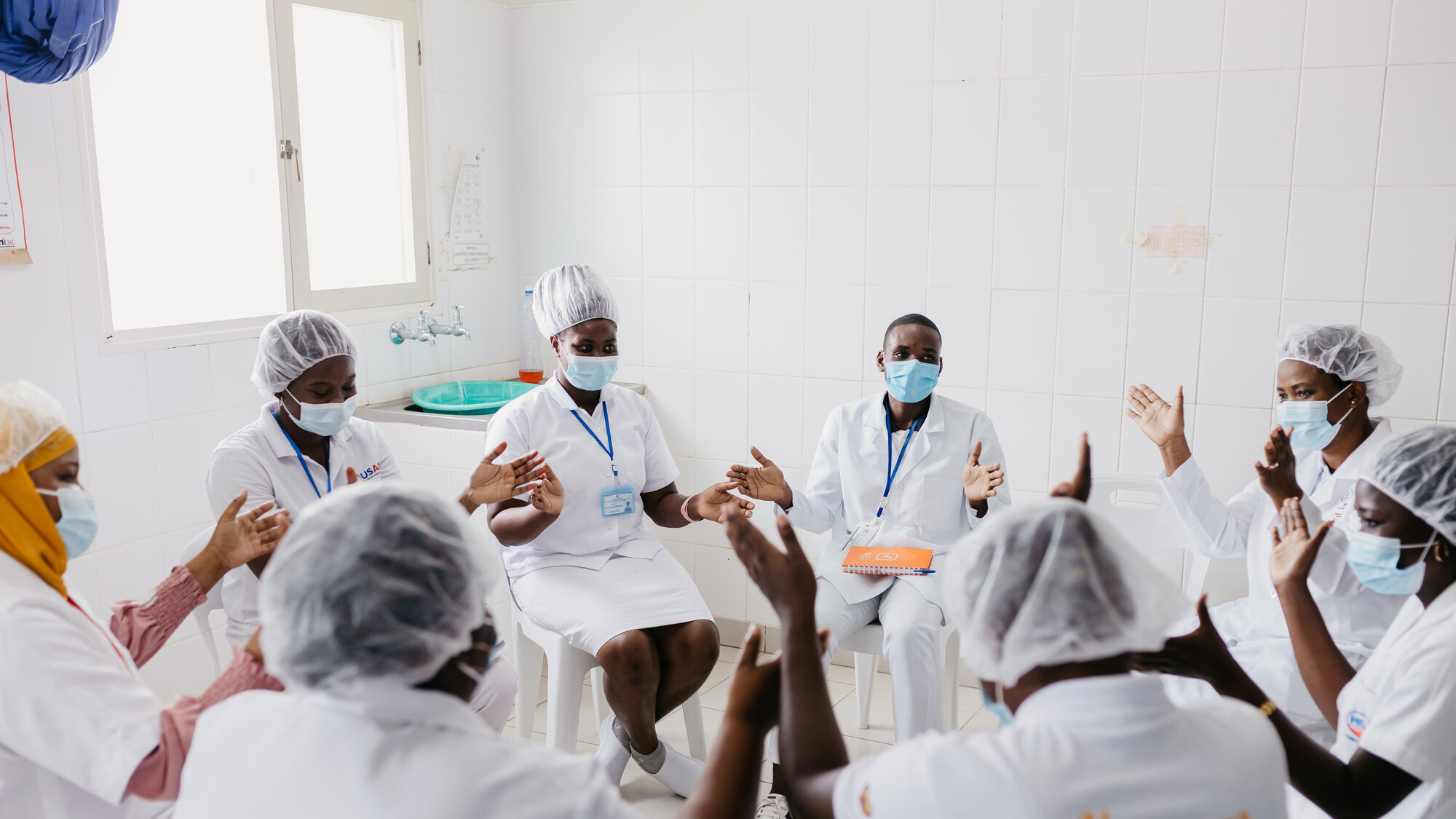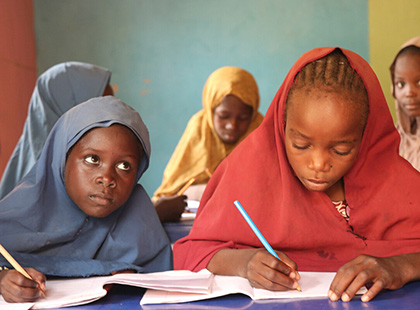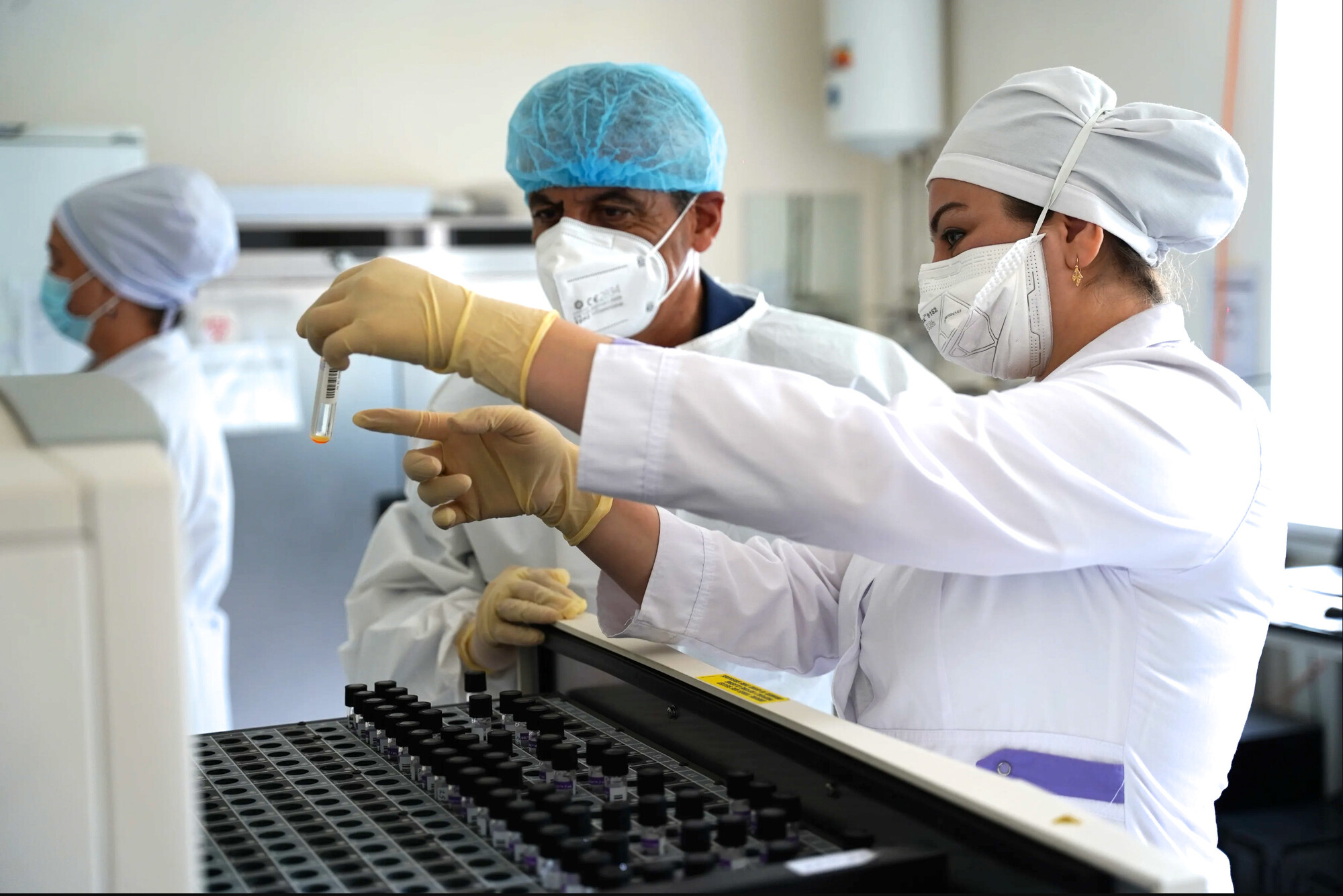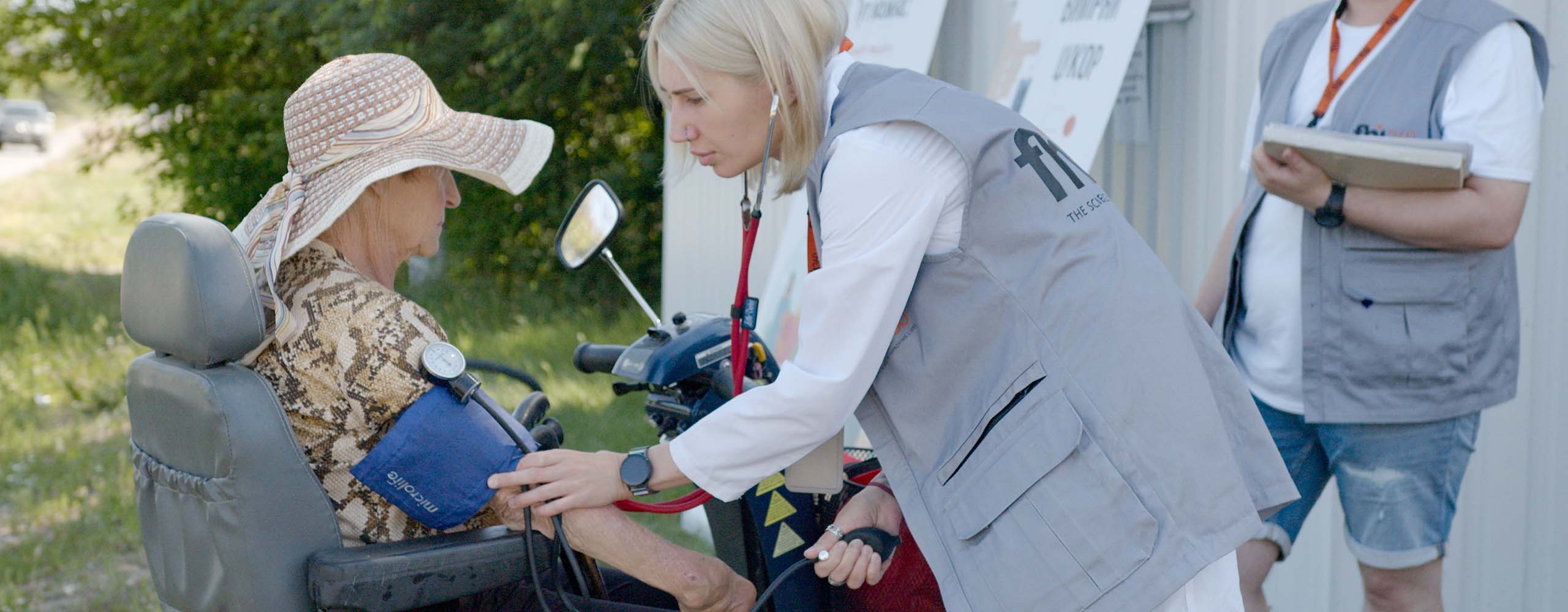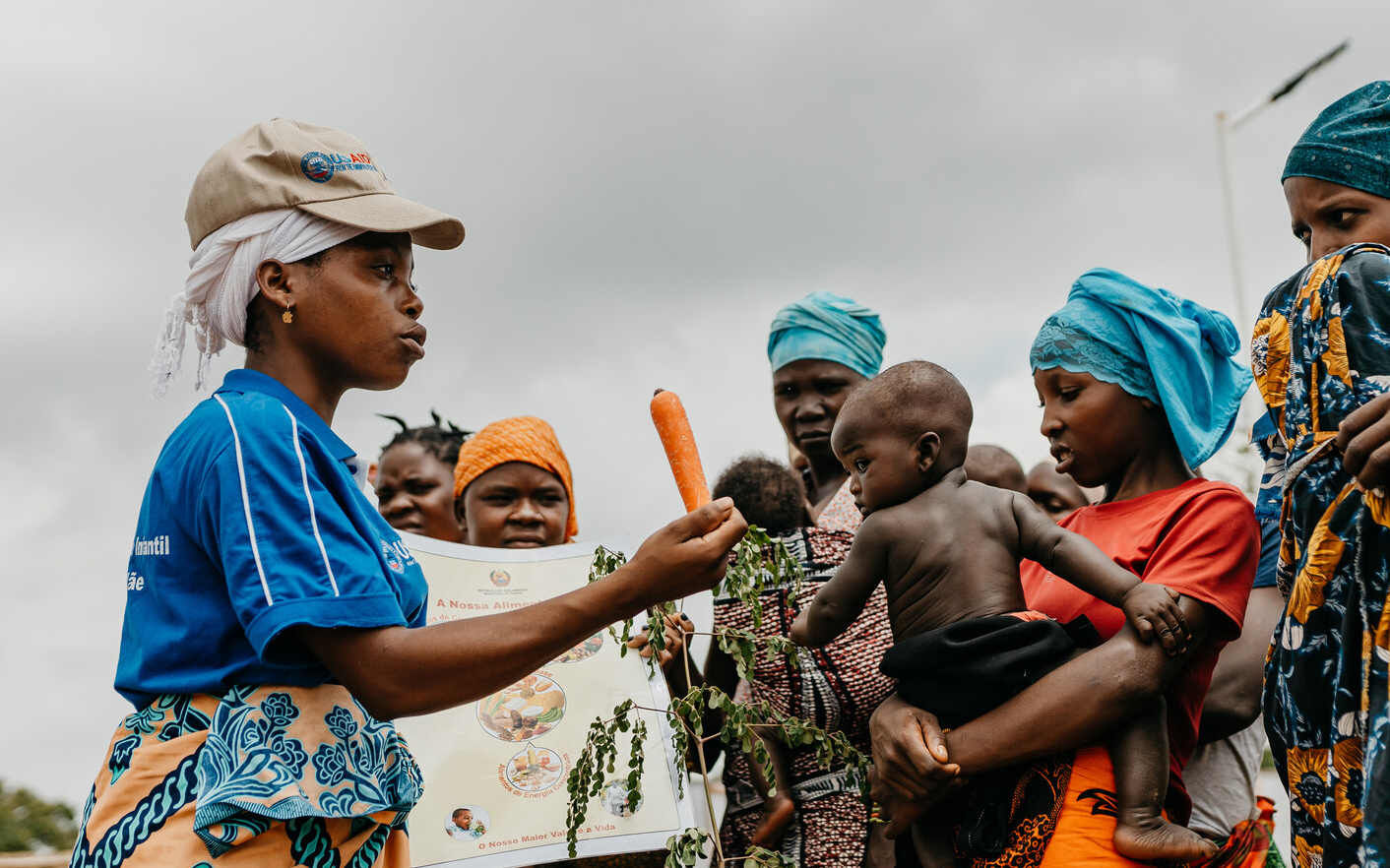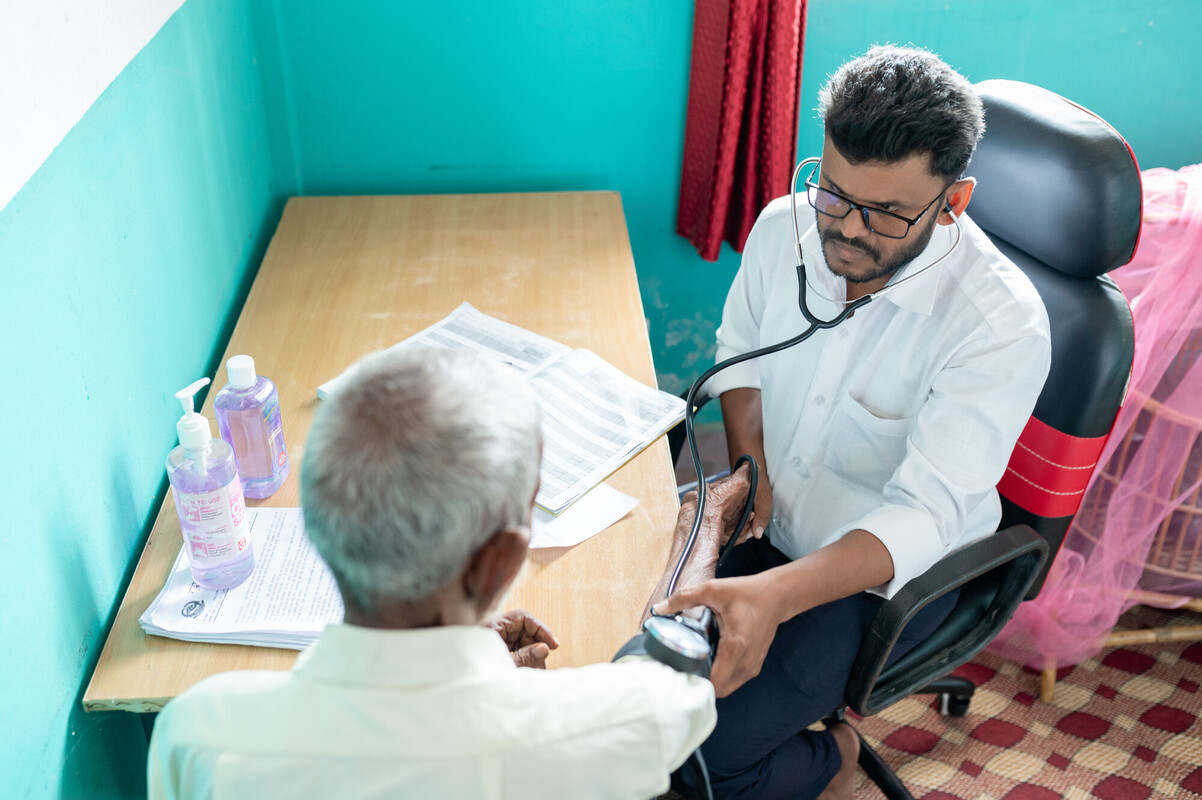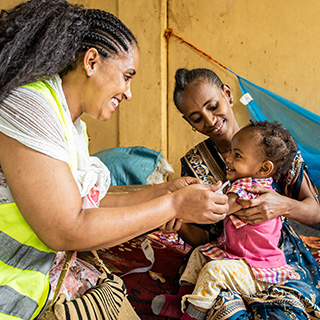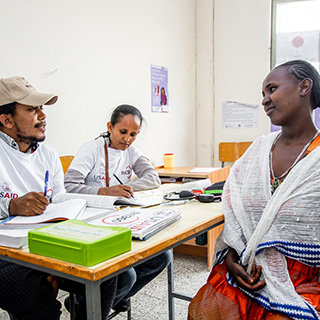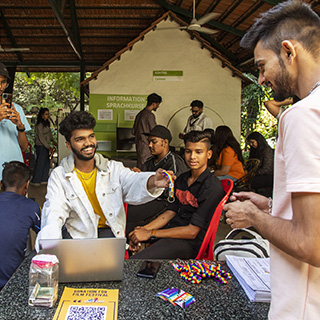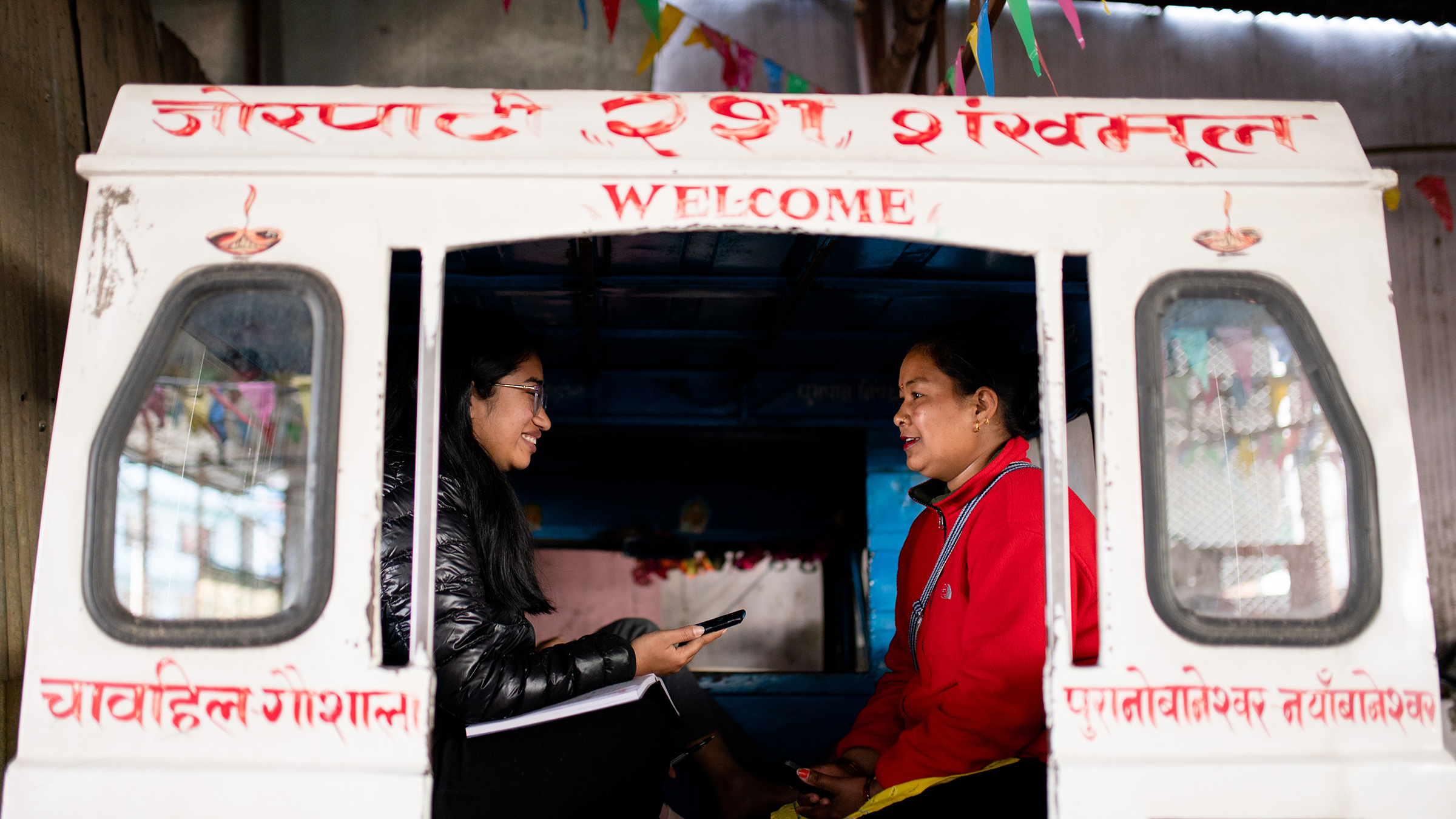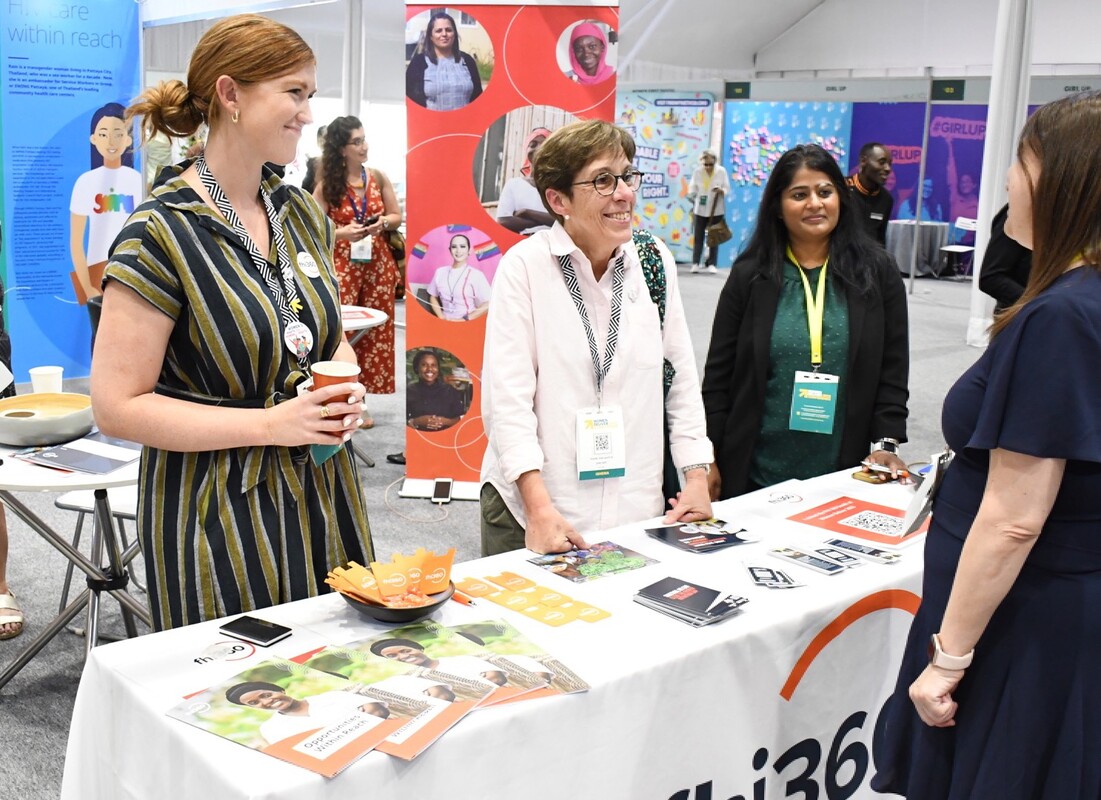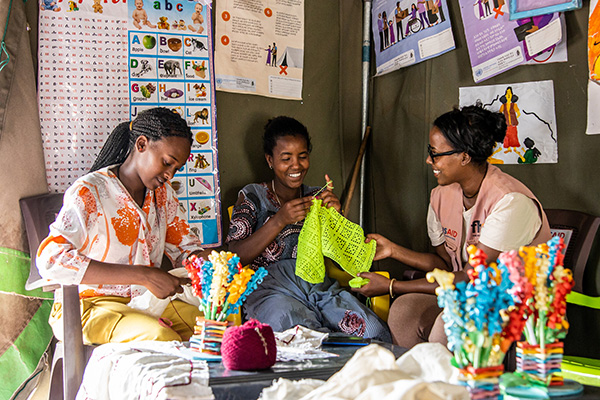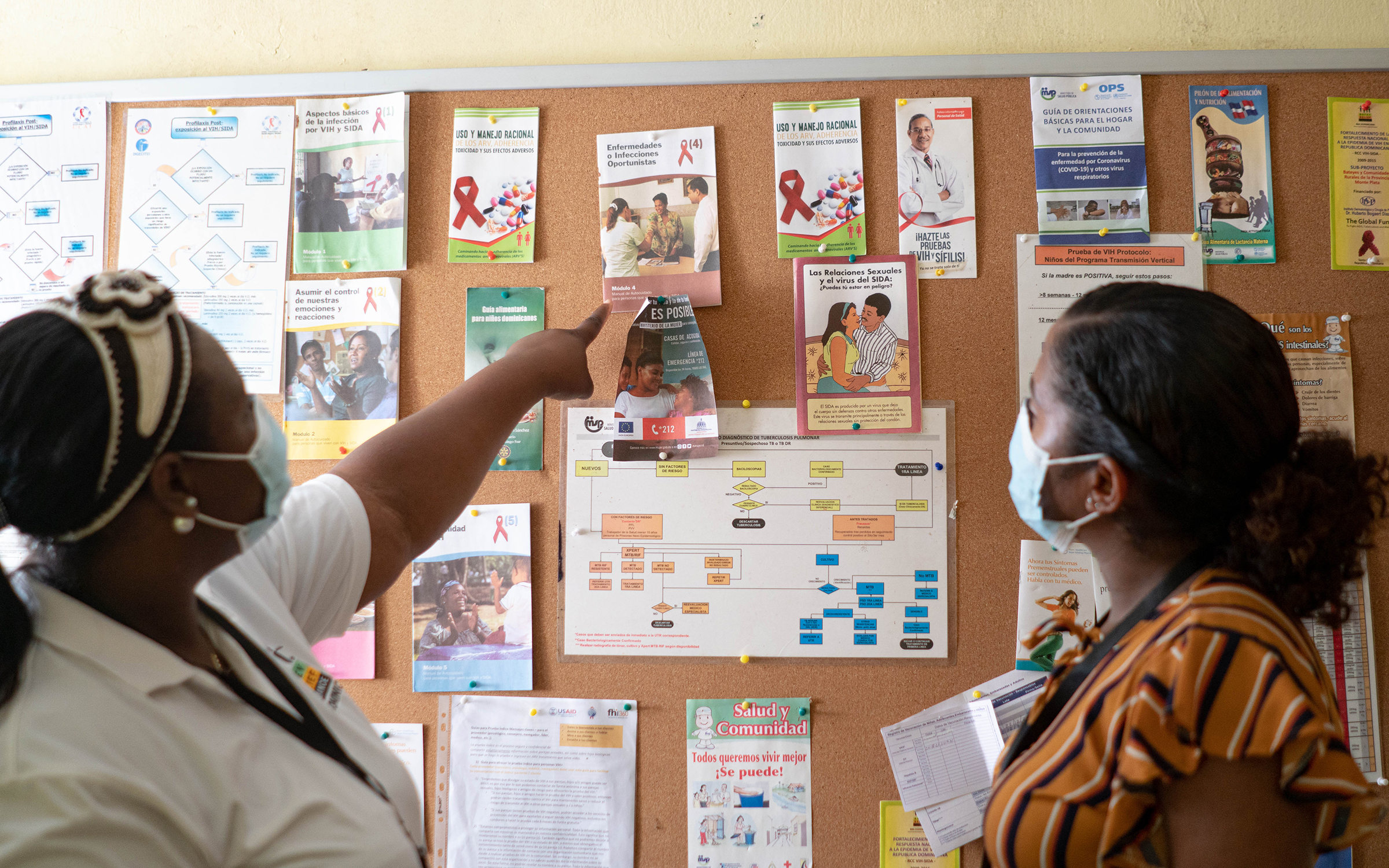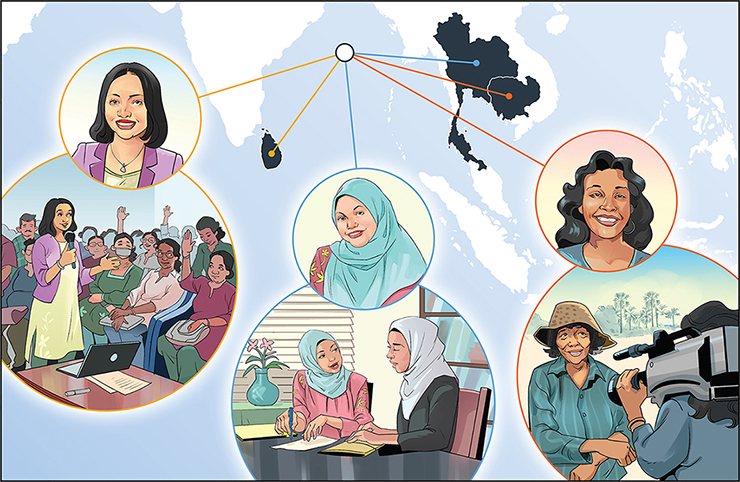For more than ten years, FHI 360 has worked in Myanmar to improve health and well-being, strengthen civil society and expand economic equity.
To address the global challenge of growing health threats, we have implemented the Infectious Disease Detection and Surveillance (IDDS) project in multiple countries around the world. In Myanmar, IDDS is expanding and strengthening diagnostic services, microbiological confirmation, and private sector engagement to improve the case detection of drug-sensitive and drug-resistant tuberculosis (TB).
FHI 360 is also putting local leadership, knowledge and priorities first by supporting the Local Action Towards TB-Free Myanmar (LATT-M) project, led by Pyi Gyi Khin, a nongovernmental, locally led organization working to improve the health, education and socioeconomic status of vulnerable women and children in Myanmar. We provide technical assistance to and strengthen the capacity of TB community networks and groups, as well as the partners on the LATT-M project’s consortium, to accelerate national progress toward ending the TB epidemic in Myanmar by 2035.
Through the Meeting Targets and Maintaining Epidemic Control (EpiC) project, we work directly with key population led civil society organizations to improve HIV service delivery and scale up pre-exposure prophylaxis (PrEP) services for people in Myanmar.
We also work with civil society organizations in Myanmar through the Civil Society and Media (CSM II) project to promote the participation of civil society organizations in working toward national reconciliation, intercommunal harmony and religious freedom, as well as in advocating for laws and policies that protect public rights and interests.
Through the Agriculture and Food Systems Development Activity (AFDA), FHI 360 is working to expand economic equity by building social cohesion in conflict-affected areas in Myanmar and facilitating the participation of ethnic minorities in the national market through community development and livelihood activities, as well as social and behavior change communications.
